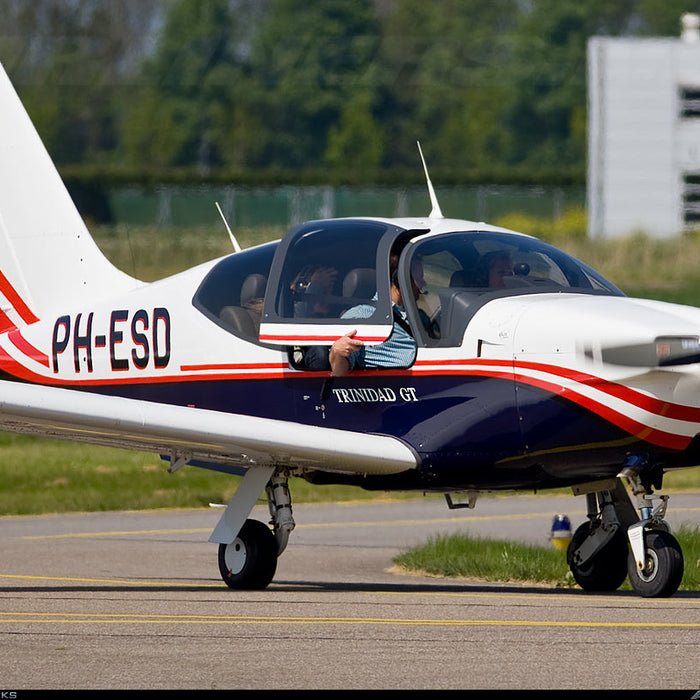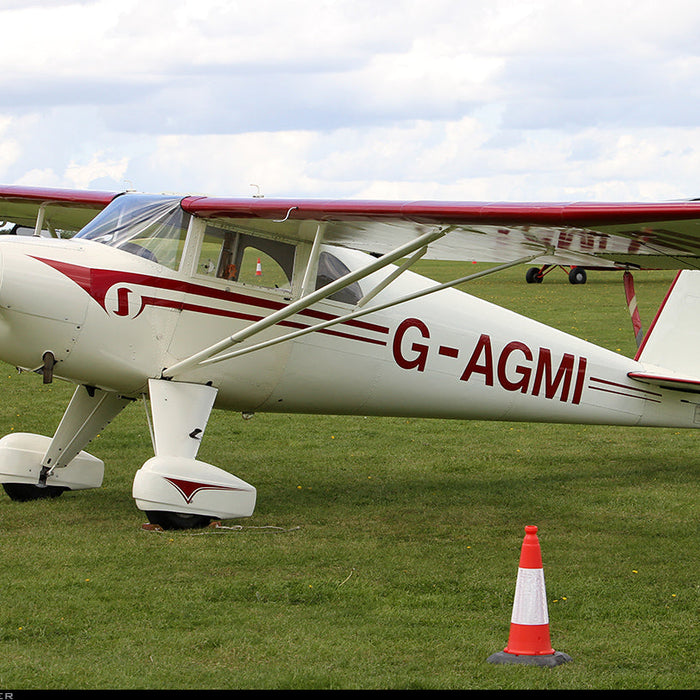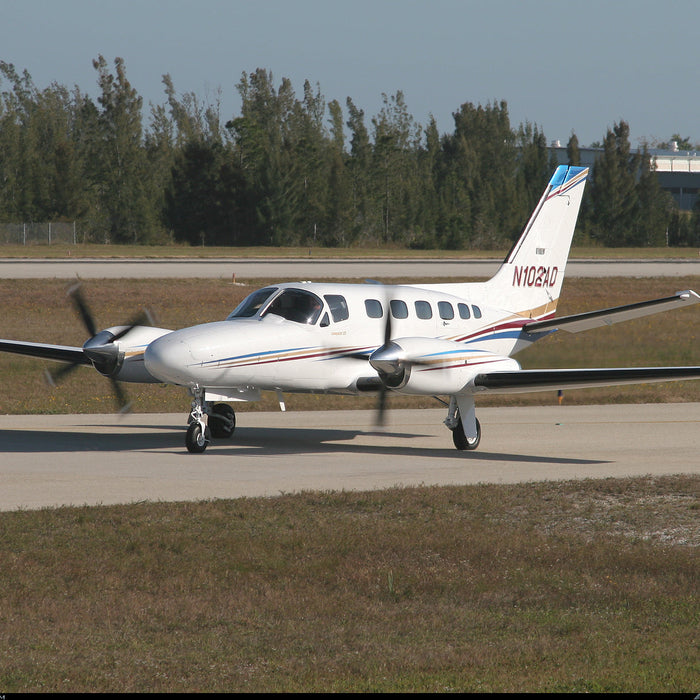
The Bede BD-5 Microjet: The Ambitious Aircraft That Almost Changed Aviation
Few aircraft in history have captured the imagination of pilots quite like the Bede BD-5. Created in the late 1960s by Jim Bede, the BD-5 was meant to revolutionize personal aviation, offering an ultra-light, high-performance aircraft with fighter jet aesthetics—all...








